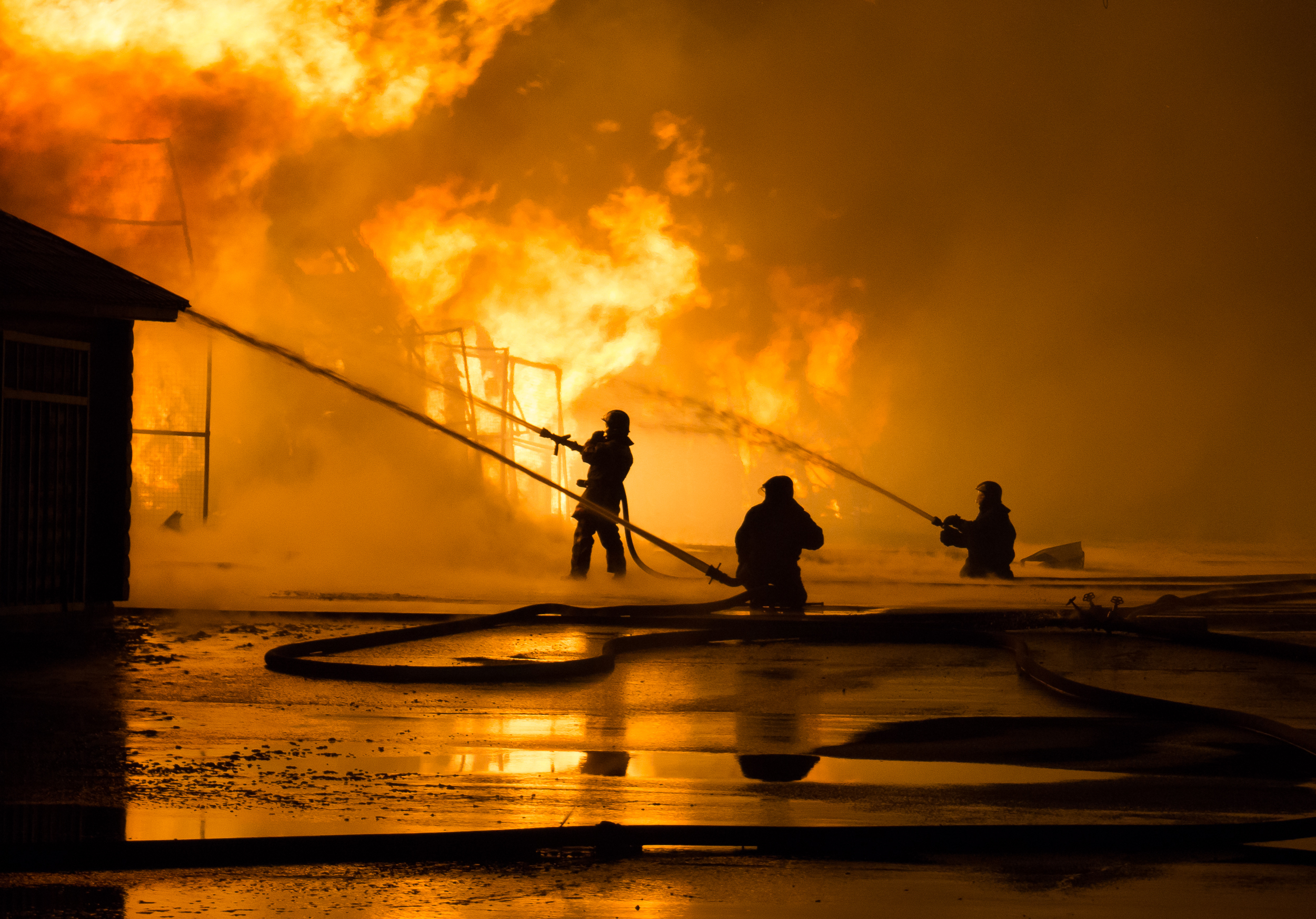
Fire Detection and Suppression Industry Growth Spurs Need for New Technology
Fire detection technology is advancing rapidly, and these innovations are saving both lives and property. Since the first fire detection system went into effect in 1852 using cables and a central point of communication, the associated technology has grown by leaps and bounds. Recently, advances in artificial intelligence (AI) and the Internet of Things (IoT) have revolutionized the way firefighters detect and suppress fires.
Why Fire Detection and Suppression Is a Growing, Changing Industry
The firefighting industry now employs more than 330,000 people, according to the Bureau of Labor Statistics, and it’s growing at 5 percent annually.
Fires are burning bigger and more dangerously than ever, and the industry can expect intensified growth and change in part due to the wildfires exacerbated by climate change. Recent wildfires in Australia and California give evidence of the extraordinary impact our changing climate is having on fire prevention and suppression.
Besides a warming planet, firefighters also face a more densely packed, urbanized population living in buildings made from thinner, less durable materials. Consequently, the window for moving people out of harm’s way is growing smaller.
These trends and changes mean the fire prevention industry will continue to grow. In fact, IBISWorld’s market research report states, “The Fire and Smoke Alarm Manufacturing industry is expected to continue growing in line with domestic construction activity and increasingly stringent fire safety and building code regulations.”
As part of managing these new challenges, fire prevention device manufacturers are increasingly focused on developing new devices that reduce the number of false alarms while detecting the presence of smoke or fire faster than ever. Changing trends in fire detection equipment illustrate just how significantly firefighting is growing and evolving. Let’s take a look at why and how:
Increasingly Stringent Safety Regulations for Fire Alarm Systems
The fire detection market is growing in part due to increasingly stringent safety regulations for fire alarm systems. For example, the National Fire Protection Association’s Journal states, “The 2019 edition of NFPA 72 contains new documentation requirements that apply to all new or modified fire alarm systems.” These requirements relate to design as well as the intelligibility of the communications systems.
Fire Prevention Device Market Segmentation
Geographic Segmentation
Two major drivers determine the pace of fire prevention growth: new construction and new regulations. Consequently, construction booms and/or high levels of civic engagement can affect the geographic distribution of new fire detection technology. The Fire Detection and Suppression Equipment – Global Outlook and Forecast 2019-2024 identifies Europe as the largest market for fire detection equipment thanks to its stringent regulations, and North America as the second largest due to booming economies in the U.S. and Canada.
Equipment Segmentation
The forecast projects that the global market for fire detectors will grow by 5.14 percent, leading the equipment market segment and resulting in growth of 50 percent by 2024. Following fire detectors are portable fire extinguishers, which come in handy and useful in all fire zones from small residences to sprawling stadiums. Sprinkler systems are also expected to grow in popularity in both residential and commercial settings. Industrial customers will likely purchase more fire detectors, alarms, and control panels, especially in verticals such as oil, gas, and marine commerce that do business under strict safety laws.
Artificial Intelligence (AI) and Fire Detection
AI is helping firefighters spot residential and forest fires faster. New intelligent technology in Santa Fe, for example, is poring over imagery gleaned from U.S. weather satellites every few minutes in search of smoke or hot spots. Currently, AI can detect a wildfire that’s just 10 acres in size, and can do so in the space of about nine minutes.
Unlike forest fires that may rage out of control before they are spotted and reported, residential fire detection has suffered from oversensitive equipment that results in many false alarms. To solve that problem, manufacturers are creating AI devices with increasing numbers of collaborating sensors. They are also expanding beyond smoke detecting sensors to other kinds that use temperature, ionization, photoelectric, and CO detection to determine the presence of fire.
Some of the deep-learning technology that’s being developed for fire detection in homes may also eventually be useful in smart cities, parks, bus terminals, and railway stations.
The Internet of Things (IoT) and Fire Detection
The IoT refers to the network of small, interconnected devices that record and transmit data without human interference. Many people know of the IoT through smart appliances or manufacturing technology. But the IoT is also changing fire safety through radio-frequency identification (RFID), wireless sensor networks, and the expansion of mobile technology. The IoT particularly supports three areas of fire detection:
Fire and Smoke Sensors
IoT-connected sensors could not only distinguish the presence of smoke or fire, but their sensitivity could also let them know and communicate the exact temperature of the fire even before smoke is emitted. Furthermore, firefighters responding to these sensors will be able to pinpoint the exact location of a fire in a building, marking a big improvement on the old alarm system
Sprinkler Systems
Building owners often install sprinkler systems that use water, chemicals, or a gas solution to put out fires. Of course, once activated, these devices destroy office equipment and supplies while saving the building. IoT-controlled sprinklers, however, will target the exact location of a fire, thus sparing the majority of the building from water or chemical damage.
Fire Detection Systems Maintenance
The real genius of industrial IoT technology is that it tells you when it needs to be serviced, repaired, or replaced. A faulty fire alarm will soon be able to let you know it needs fixing before you find out when it malfunctions during an emergency.
Let Remee Help
As specialists in fire alarm cable and installations, let Remee guide you in your next project with fire detection equipment and the right cable needed for it.